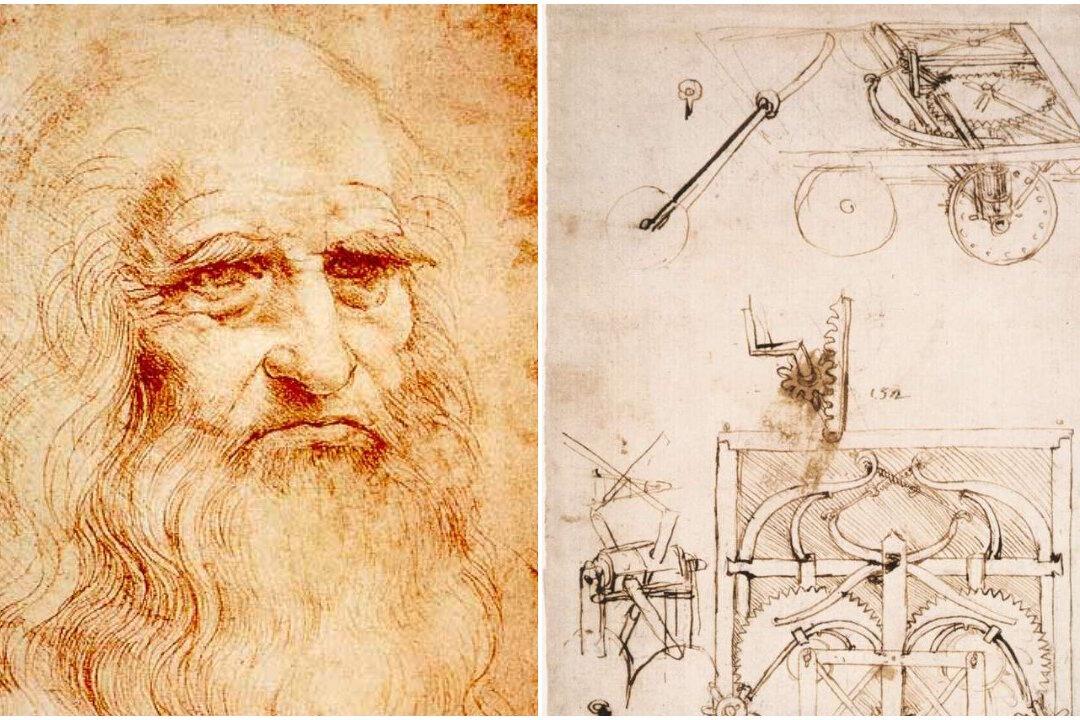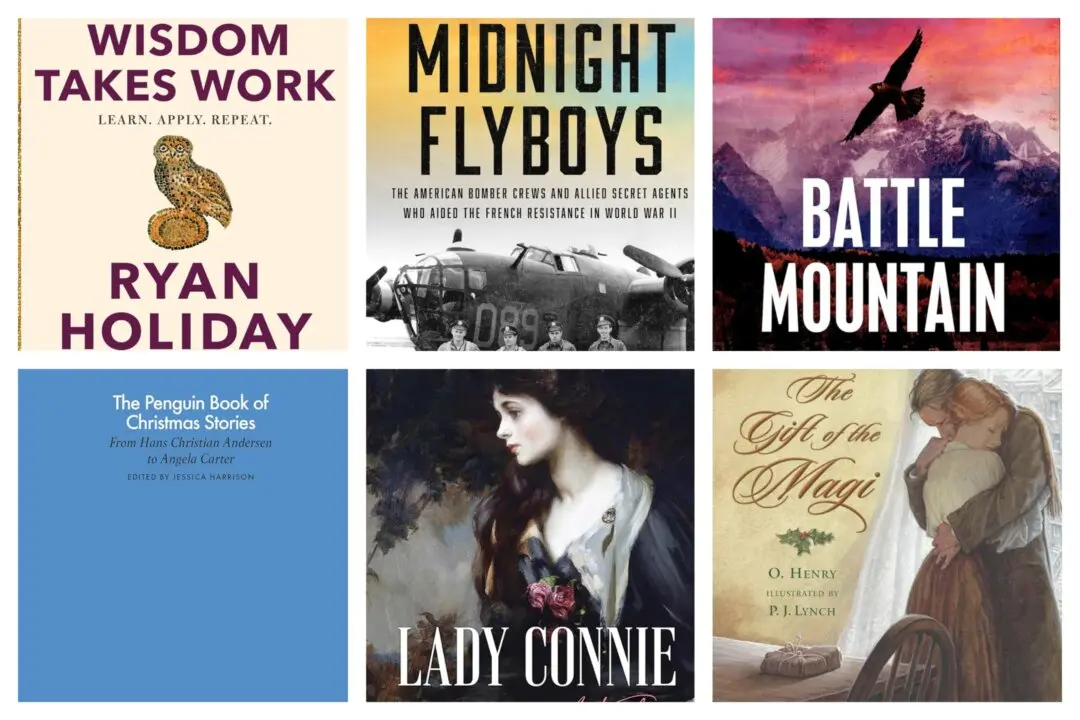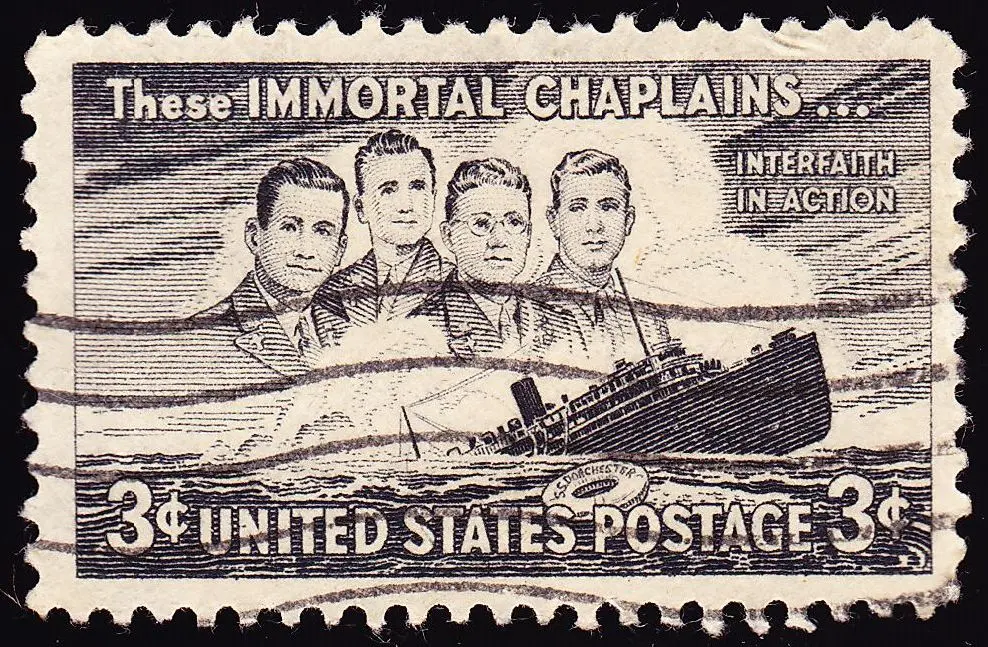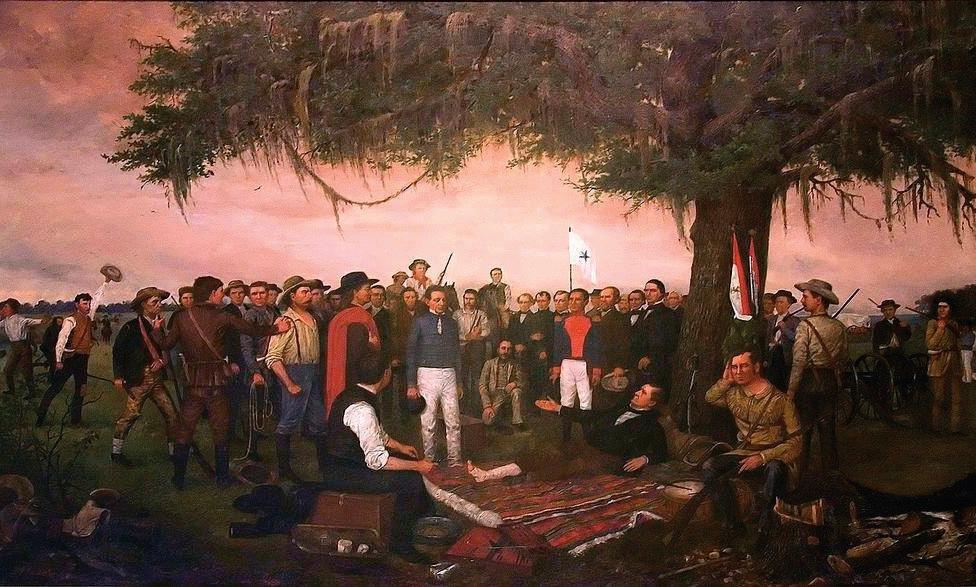Some believe that our age of specialization has brought an end to the Renaissance man. In medicine, law, and other professions, practitioners now aim to develop their talents in a specific field of concentration, a shift that has occurred in my own lifetime.
My uncle, for example, was a family physician who practiced medicine in rural Pennsylvania and then in North Carolina for many years. In the first 15 years of his career, Uncle Russ delivered hundreds of babies and performed many minor surgeries. By the time he retired, he hadn’t done either of these medical procedures in several decades. The expansion of clinics and hospitals with specialized staff took over those duties.






